Paroxysmal Nocturnal Hemoglobinuria

Overview Epidemiology Etiology Classification Classic paroxysmal nocturnal hemoglobinuria (PNH): PNH in the setting of a specified bone marrow disorder: Subclinical PNH (PNH-sc): Pathophysiology Genetics PIG-A gene (normal physiology): PIG-A gene (mutation): Bone marrow failure Anemia Neutrophil involvement Neutrophils also exhibit deficiency of GPI-APs: Platelet involvement Platelet-mediated factors include: Thrombophilia and thrombosis Thrombosis in unusual sites […]
Von Willebrand Disease

Overview Definition Von Willebrand disease (vWD) is a bleeding disorder caused by deficiency or dysfunction of the von Willebrand factor. Epidemiology Most common inherited bleeding disorder Affects 1% of the general population Equal prevalence between men and women, but women more likely to be symptomatic (as they experience menstrual bleeding) Inherited vWD: Type 1: 60%–80% of […]
Hidradenitis Suppurativa
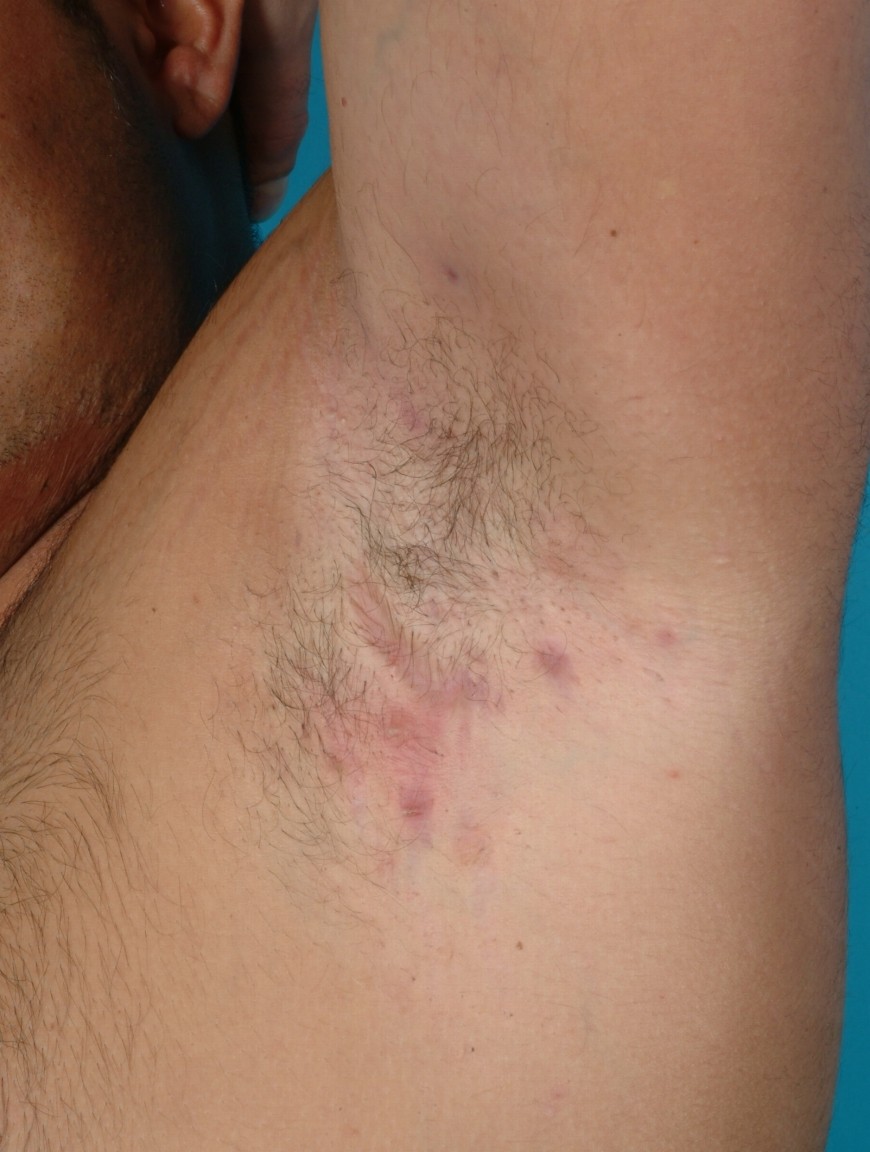
Overview Definition Hidradenitis suppurativa (HS), also referred to as acne inversa, is a chronic inflammatory skin condition due to occlusion and rupture of hair follicles. Epidemiology Prevalence of HS is approximately 1%–4% globally. 3 times more common in women than men Usual age of onset is 12–40 years. Rarely seen in children before puberty More […]
Radial Head Subluxation (Nursemaid’s Elbow)
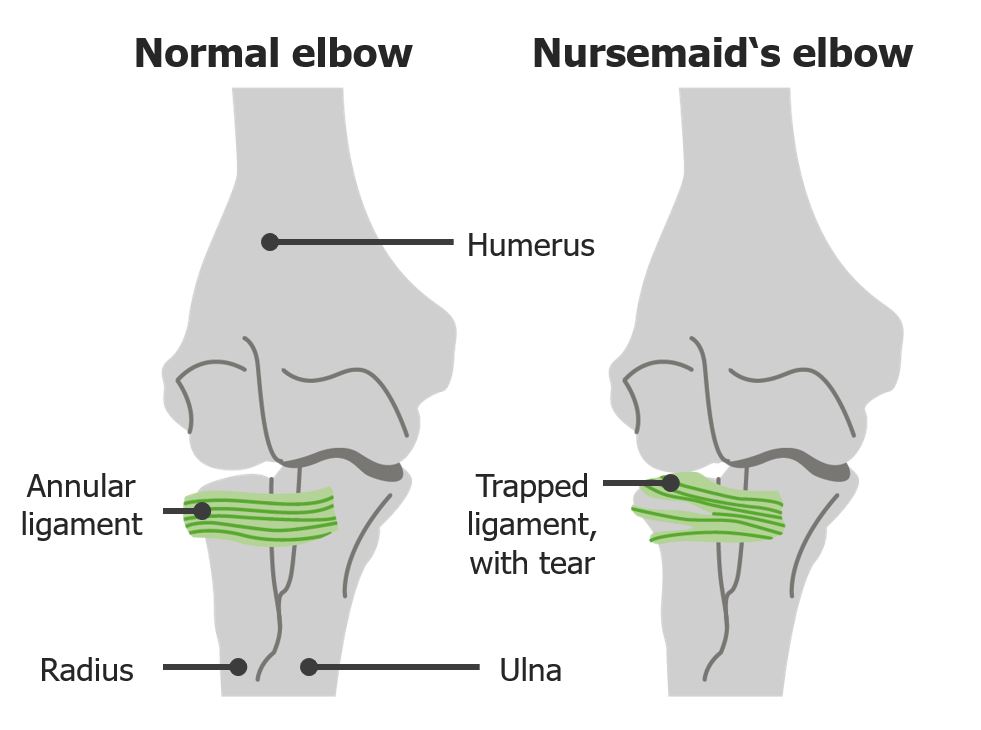
Overview Definition Radial head subluxation, also known as nursemaid’s elbow or babysitter’s elbow, describes the subluxation of the radial head under the annular ligament due to longitudinal traction on the forearm. Epidemiology Pathophysiology Radial head subluxation occurs when the child is lifted up by the arms with resultant axial traction of the forearm; e.g., while […]
Myotonic Dystrophies
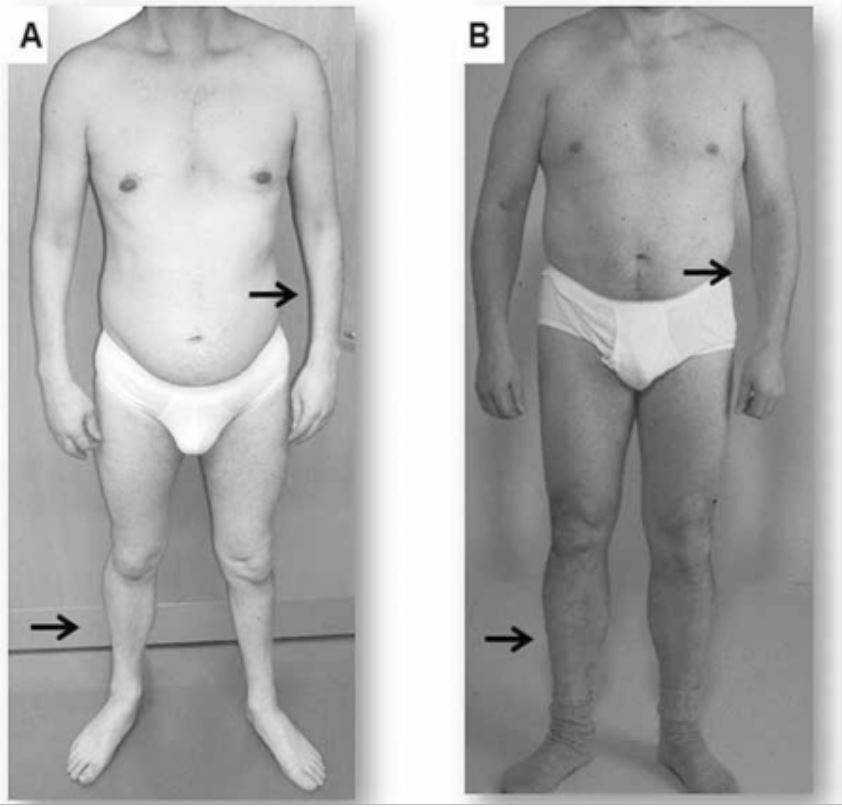
Overview Definition Myotonic dystrophy is an inherited, autosomal-dominant muscular disease, which causes muscle relaxation incompetence, resulting in progressive muscle wasting and weakness. Epidemiology The most common muscular dystrophy in people of European descent Prevalence (based on variable reporting): 1 per 2,100–9,000 births Similar prevalence between myotonic dystrophy type 1 (DM1) and myotonic dystrophy type 2 […]
Internuclear Ophthalmoplegia
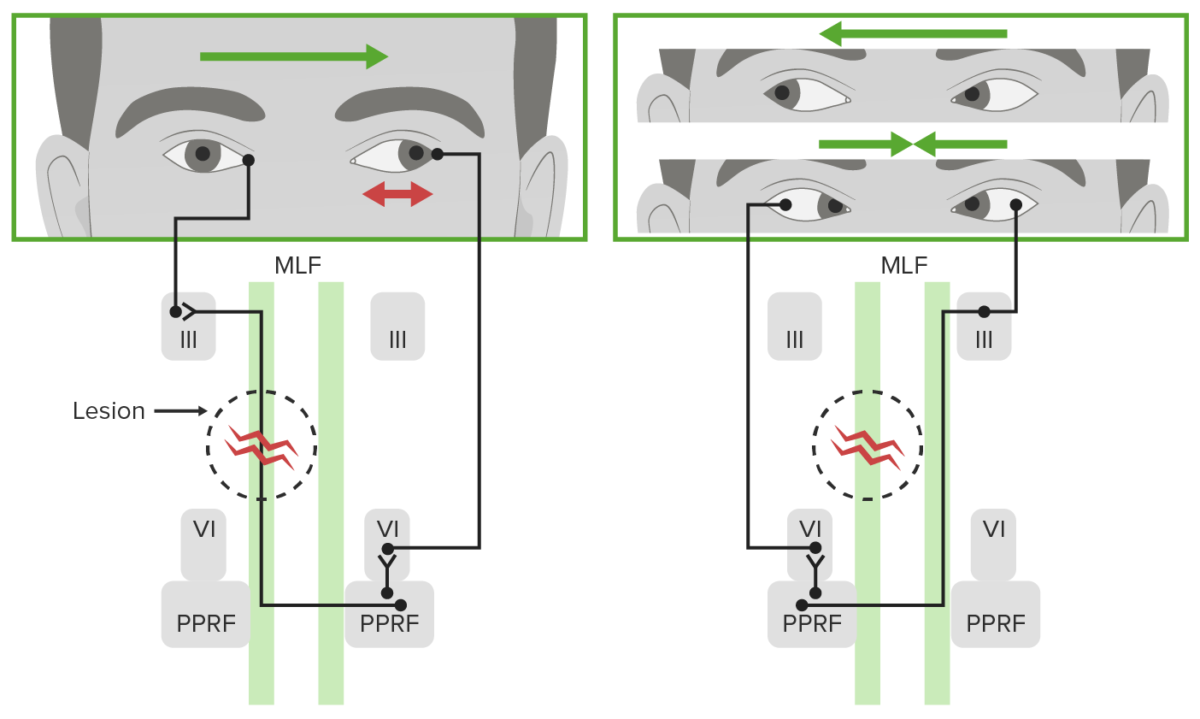
Overview Definition Internuclear ophthalmoplegia (INO) is an ocular movement disorder that is due to a lesion of the medial longitudinal fasciculus (MLF), mainly in the brain stem tegmentum (dorsomedial pons or the midbrain). Epidemiology ⅓ of cases in adolescents due to multiple sclerosis ⅓ of cases in old age due to stroke/infarction Rare in children […]
Strabismus
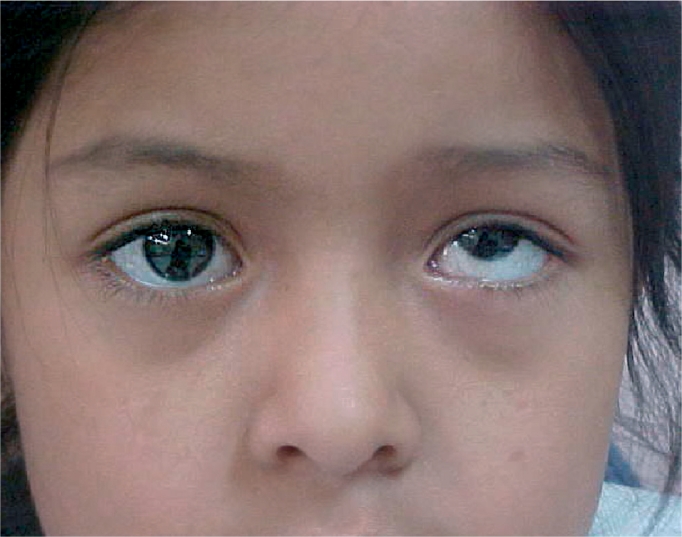
Overview Definition Strabismus is the misalignment of the eyes in any direction (vertical, horizontal). Colloquially, it is referred to as “crossed eyes.” Classification Strabismus can be classified as: Infantile Acquired Medical terminology describes the direction of eye deviation: Horizontal strabismus: Esotropia: inward (nasal) deviation of the eye Exotropia: outward (temporal) deviation of the eye Vertical […]
Hypogonadism
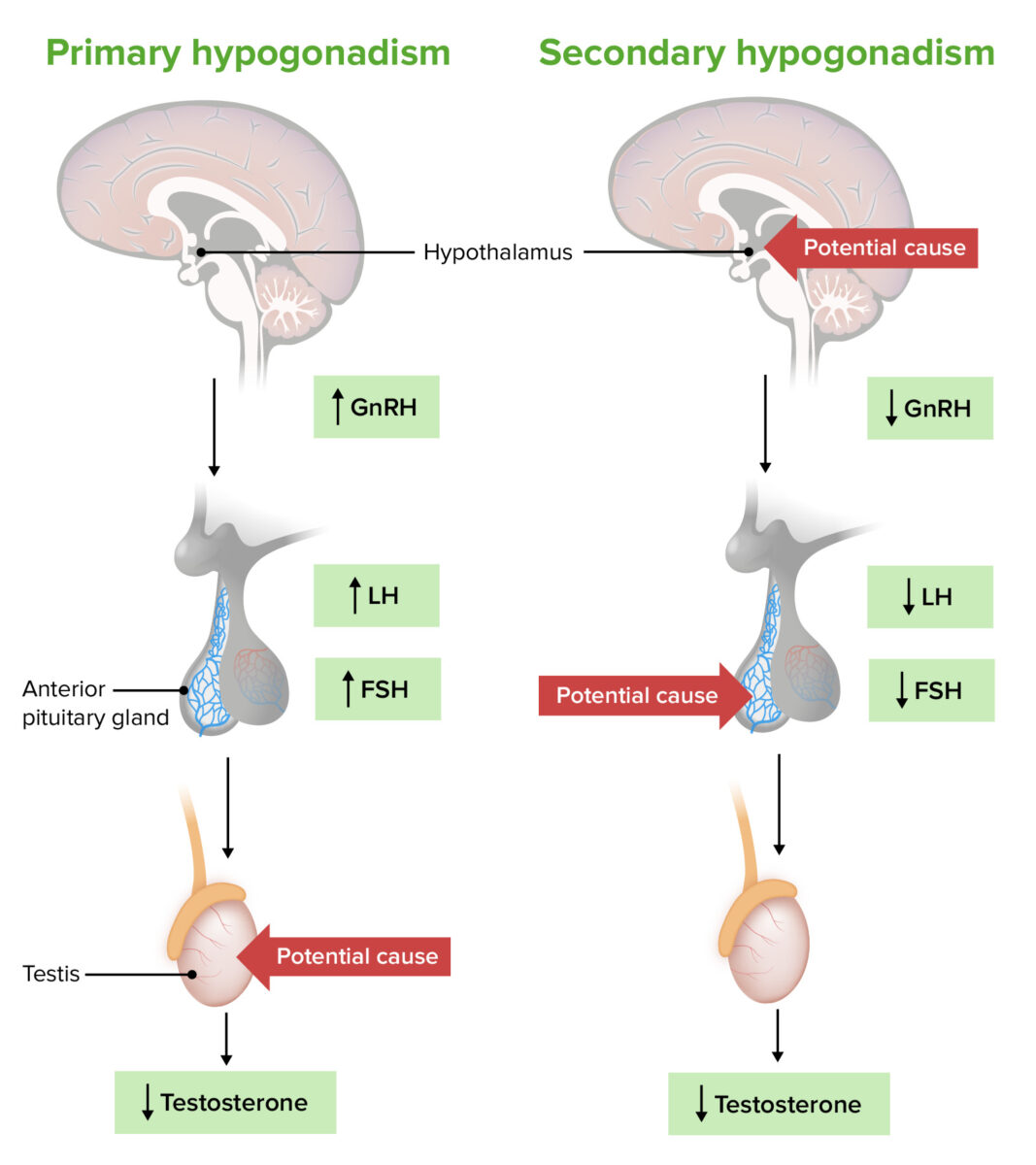
Overview Definition Hypogonadism is a condition in which there is decreased sex hormone production by the testes or ovaries. Etiology Epidemiology Pathophysiology Normal physiology Hypogonadism Hypogonadism occurs if the hypothalamic–pituitary–gonadal axis is interrupted at any level. Clinical Presentation Clinical presentation will vary depending on the age at onset and sex. Presentation in men Presentation in […]
Pelvic Fractures
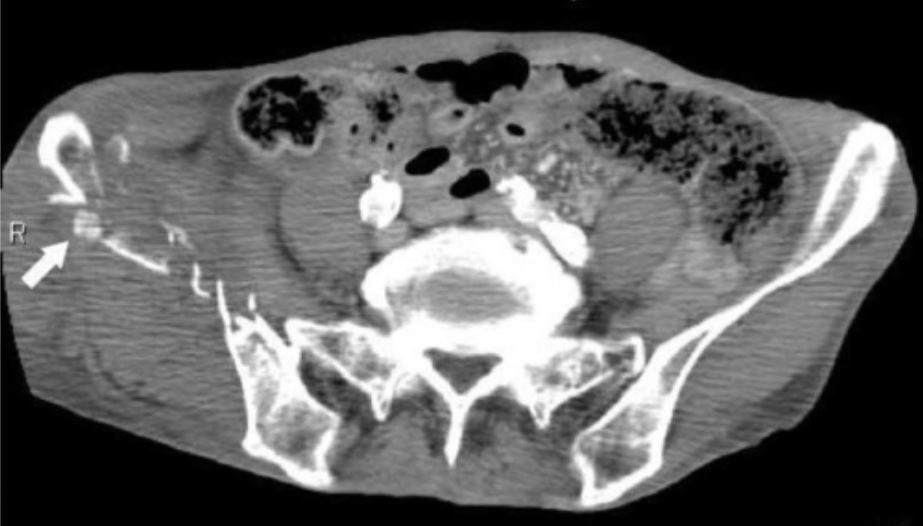
Overview Definition A pelvic fracture is a disruption in the cortex of 1 of the pelvic bones. These fractures include iliac wing fractures, acetabular fractures, and the pelvic ring (the sacrum and the 2 innominate bones). Anatomy Several bones create a bony ring, meeting at the pubic symphysis in the front and the sacrum in […]
Acute Lymphoblastic Leukemia
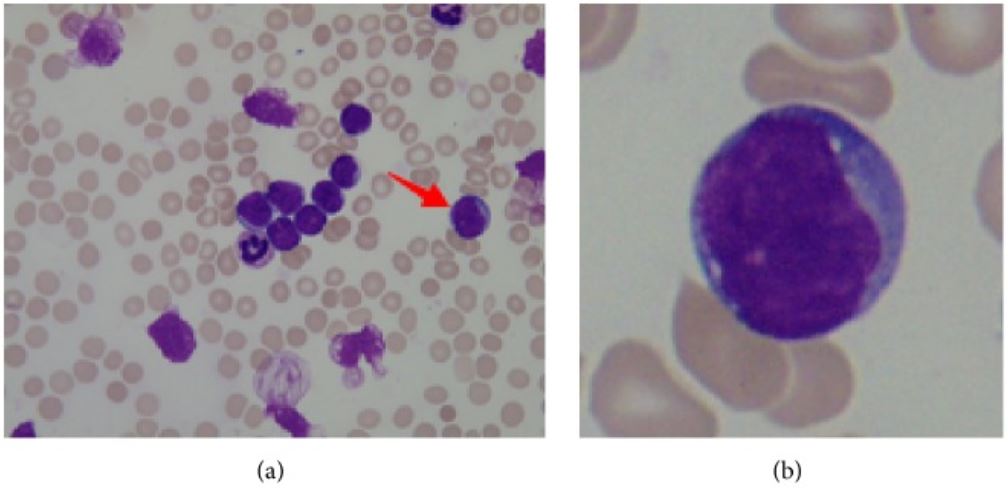
Overview Definition Acute lymphoblastic leukemia/lymphoma (ALL/LBL) are hematologic malignancies characterized by the pathological proliferation of lymphoid precursor cells (primarily the B and T cell lineages)in the bone marrow, with subsequent displacement of other blood cell precursors. Classification WHO system 2016 (supersedes the French-American-British classification): B cell ALL/LBL (B-ALL/LBL) subclassified based on molecular and cytogenetic features: […]